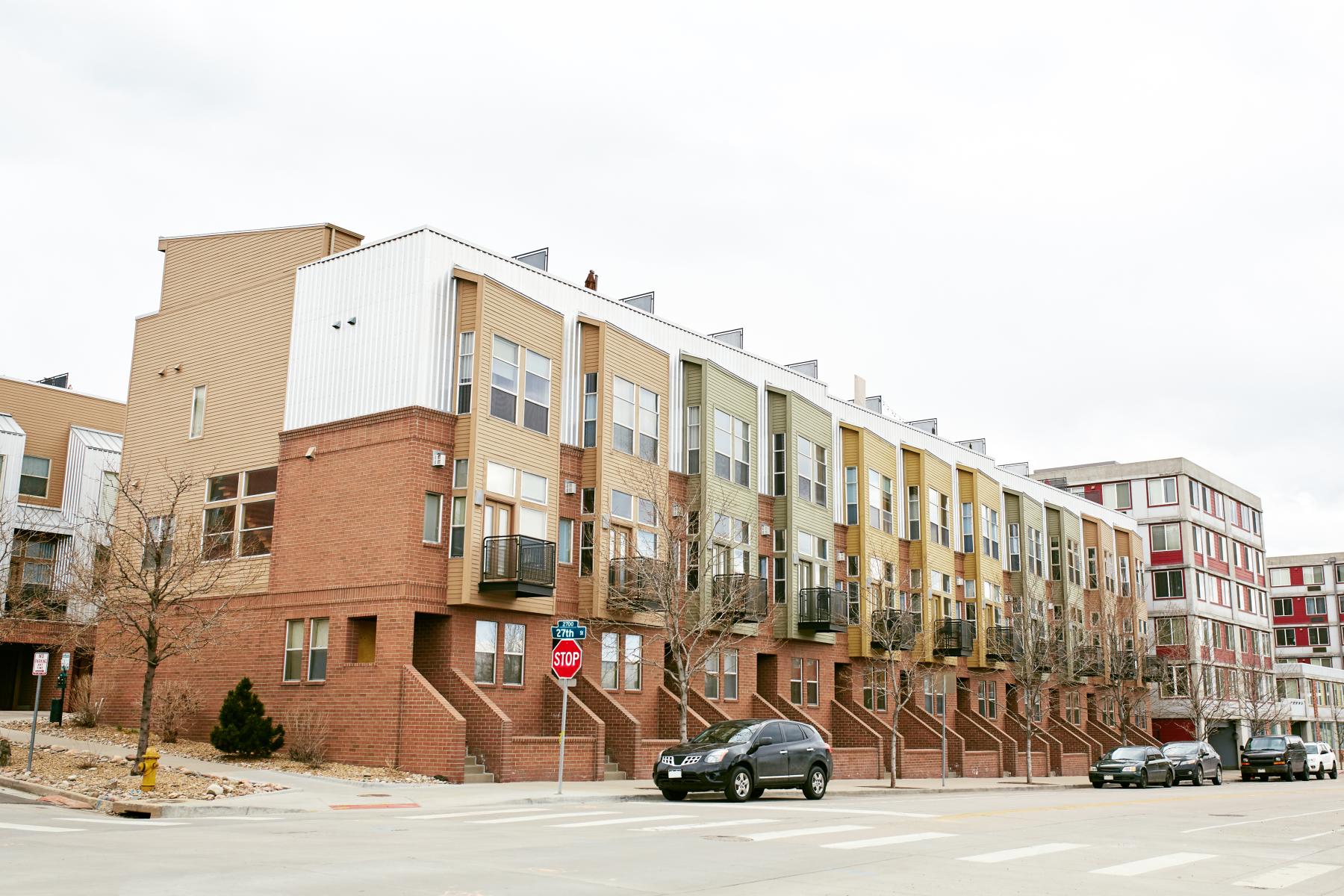Many Coloradans were struggling with housing insecurity before COVID-19, and the sudden economic crash is likely to make things worse.
Almost 360,000 Coloradans (6.7 percent) worried about having stable housing in the next two months, according to the 2019 Colorado Health Access Survey (CHAS), a biennial survey conducted by the Colorado Health Institute (CHI). Unfortunately, the 2021 CHAS could show even higher numbers.
A new brief from CHI looks at housing instability in Colorado, the connection between housing and health, and how Colorado communities are addressing the housing crunch.
The pandemic has put health issues top of mind for most people. This awareness, paired with massive job losses that are jeopardizing housing for thousands of people, is a timely reminder of the interconnectedness between housing and health.
Finding a Safe Shelter is a Challenge Across the State
Stay-at-home and safer-at-home orders assume the existence of shelter — a safe and stable environment that not everyone has. CHI’s Social Distancing Index demonstrates that many Coloradans live in overcrowded housing, including both urban and rural neighborhoods.
State leaders and community members have been working hard to address housing needs in metro Denver, especially with those who cannot keep themselves safe by following safer-at-home policies because they are experiencing homelessness.
Last month, the National Western Complex was transformed into a shelter for men experiencing homelessness, and Denver opened a 300-bed shelter for women experiencing homelessness during the COVID-19 outbreak.
It’s not only Denver residents who lack stable housing, however. People in rural parts of the state struggle with housing instability, some at even higher rates. The 2019 CHAS found that 8.4% of Coloradans living in rural communities reported unstable housing, compared to 6.4% of those living in urban counties.
Renters Are More Likely to Report Housing Instability
People who rent their homes bear the brunt of Colorado’s housing instability problems. Of Colorado renters, one in six (16.3%) reported housing instability in 2019, compared to 2.4% of homeowners. Renters make up almost one-third (30.8%) of Coloradans, according to the 2019 CHAS.
These numbers are likely to get worse. More than 420,000 Coloradans have filed for unemployment since the pandemic hit, according to the Colorado Department of Labor.
Many landlords are already seeing this impact. An estimated 16.4 percent of tenants did not pay their April rent on time, which is more than double the 7.8 percent reported in earlier months of this year, according to a survey of large residential property management companies across the state.
As unemployment rates continue to rise, even more Colorado renters may find themselves in a situation where they cannot pay their rent. An analysis from the COVID-19 Eviction Defense Project estimates almost 500,000 Coloradans will face eviction risk in the months ahead.
How Does the State Tackle the Pandemic’s Aftermath?
The link between housing and health is clear: findings from the 2019 CHAS data tell us that almost half (44.1%) of those who lack stable housing report fair or poor health, compared to only 12.3% of those with stable housing.
Just as we are not equally vulnerable when it comes to COVID-19, some populations are at a higher risk of housing instability than others. CHI’s new brief could be helpful as the state targets its approach to address housing issues for Coloradans who are disproportionately affected, including millennials, people of color, and immigrants.
While many Coloradans are eagerly waiting to return to work, many are also concerned about how long they will be able to stay in their homes, or when they will be able to call a place home.
A policy scorecard developed by Eviction Lab ranks each state based on its emergency orders, declarations, and legislation related to eviction and housing. Colorado ranks near the top, because it has banned evictions and late fees for tenants with a pandemic-related hardship, it forbids utility disconnections and offers free reconnection of utilities. But the statewide ban on evictions is scheduled to end this month.
State and local leaders, along with community members are working to address housing instability quickly. But many efforts are just scratching the surface of what needs to be done.


